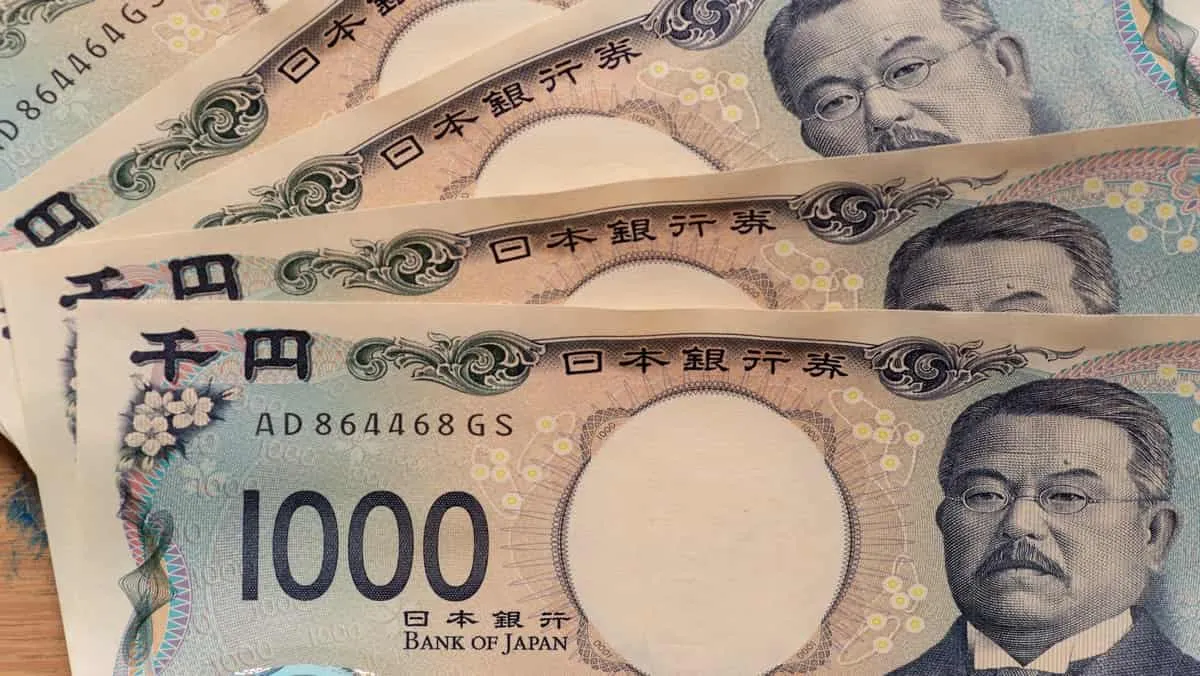
Tuesday Aug 6 2024 07:00

6 min

Today, the dollar tumbled to its lowest point in nearly seven months against a basket of major currencies, experiencing significant declines versus the euro and the Japanese yen. This drop comes in the wake of last week's economic data, which heightened concerns about a potential U.S. economic slowdown and the possibility of more substantial rate cuts by the Federal Reserve.

The dollar index, which measures the U.S. currency against a group of six other major currencies, fell by 0.7% to 102.39, touching a low of 102.15, the weakest level since January 12.
Meanwhile, the euro rose by 0.5% to $1.0968, climbing as high as $1.1009, its strongest since January 2. The dollar also dropped 2.3% against the yen, reaching 143.13, approaching its lowest level for the year.
Treasury yields have been falling sharply since last week, when the Federal Reserve kept the policy rate in its current 5.25% to 5.50% range while Chair Jerome Powell opened the possibility of a rate cut in September.
“As traders continue to pile into bets that the Fed is going to ease a very large amount more this year than thought even as recently as Wednesday, USD is taking a bit of a beating with a couple notable exceptions,” Helen Given, FX trader at Monex USA in Washington, said.
Taking the central bank benchmark interest rates as a guide, an investor could have borrowed yen at a 0% interest rate earlier in the year, and invested the money in the U.S., earning an interest of 5.25%.
With the U.S. Federal Reserve indicating potential rate cuts and the Bank of Japan raising rates, the interest rate gap between the two central banks is narrowing. This reduced difference makes carry trades less appealing, which could lead to further strengthening of the yen.
The yen is currently trading at 144.82 against the dollar, its lowest level since January. A stronger yen puts pressure on Japanese stock markets, which are largely influenced by trading firms and export-oriented companies, as it diminishes their competitiveness.
The Japanese yen has surged as traders aggressively unwind carry trades. These trades involve borrowing in low-interest-rate currencies, such as the yen or the Swiss franc, to invest in higher-yielding assets elsewhere—a strategy that has been popular in recent years.
Today, Fed fund futures indicated that traders are almost certain of a 50 basis point rate cut at the Federal Reserve’s September meeting, according to CME FedWatch. Additionally, futures suggest a total of 127 basis points in rate cuts for this year, as reported by LSEG data.
“The Japanese equity selloff during Asian trading spooked markets in a big way, coupled with the Yen’s resurgence, and we may be seeing the so-called ‘panic spiral’ that many have been concerned about,” Monex’s Given said.

Japan's Nikkei 225 surged after experiencing its largest single-day drop since October 1997. Meanwhile, the Japanese yen weakened against the U.S. dollar, following a recent rally that had contributed to the stock market sell-off both domestically and internationally.
The Bank of Japan raised its key interest rate to 0.25% from 0%-0.1% on July 31, while also announcing plans to reduce bond buying. Later that day, the Federal Reserve signaled U.S. rate cuts were coming, with market bets intensifying in the coming days on recession fears. All that trigger the yen's rally as global investors unwound the long-running yen carry trade, which boosted global liquidity.
Going into the Japanese market at this moment is akin to catching “a falling knife,” Kelvin Tay, regional chief investment officer at UBS Global Wealth Management, told CNBC’s “Squawk Box Asia.” “The only reason why the Japanese market is up so strongly in the last two years is because the Japanese yen has been very, very weak. Once it reverses, you got to get out right and I think they’re all getting out right now as a result of that,” Tay said.
When considering shares, indices, forex (foreign exchange) and commodities for trading and price predictions, remember that trading CFDs involves a significant degree of risk and could result in capital loss.
Past performance is not indicative of any future results. This information is provided for informative purposes only and should not be construed to be investment advice.
